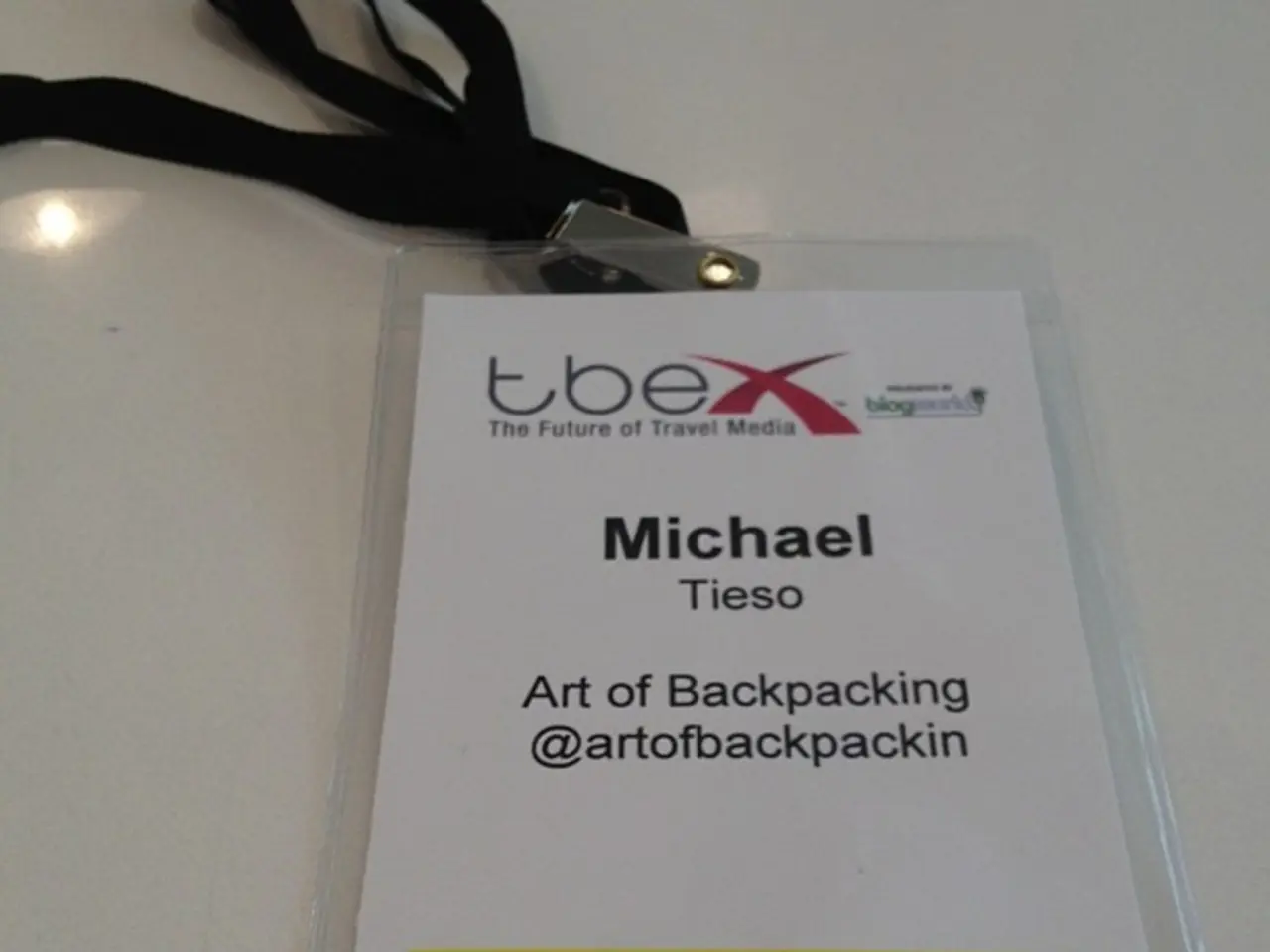Has the essence of travel been compromised due to the rise of social media aesthetics?
In the modern world, social media has become an integral part of our lives, and travel is no exception. It has both transformed and complicated the authenticity of travel experiences, shaping how people discover, perceive, and share their journeys.
Social media influencers, bloggers, vloggers, and travel influencers have emerged as new opinion leaders, guiding followers' travel choices through expert recommendations and personal storytelling. While their content may appear authentic, it is often carefully crafted to engage and persuade audiences, blurring the line between genuine experience and digital performance.
User-generated content, such as videos and posts by ordinary travelers, provides "authentic" social proof that traditional marketing lacks. Short-form videos on platforms like TikTok offer immersive narratives, making viewers emotionally connect with destinations. However, these portrayals can emphasize ideal moments, leading to highly selective representations rather than full realities.
The revolutionised research phase sees travelers engaging in hundreds of "digital moments" before booking, heavily relying on social interactions and mobile content. While this improves access to user experiences and feedback, it also means travelers often seek validation through likes, views, and shares, impacting choices and potentially narrowing perspectives to trending spots.
The drive for creating shareable content and achieving social approval can result in staged or exaggerated experiences, where travelers focus on capturing the moment for social media rather than immersing fully. This raises questions about the purity of the travel experience versus the performative aspect driven by social media presence.
Despite these challenges, it's essential to remember that social media isn't just inspiring wanderlust; it's shaping where people go, what they do, and how they present those moments. However, it's recommended to skip overly curated spots and instead find local spots, talk to people, and learn about their stories.
Nature spots are being ruined for the 'perfect' shot on social media, and respect for the place, its traditions, and the sentiments of the locals is crucial when traveling. The trendy places like Bali, Santorini, Vietnam, Greece, and Maldives have become backdrops, often stripped of their deeper context.
Social media can boost tourism, but when done without care, it can turn once-peaceful villages into overcrowded hotspots or sacred spaces into selfie zones. Places are now often chosen for their aesthetic appeal to be Instagram-worthy, such as the colorful wall in Chefchaouen, a swing in Bali, or the Hanoi Train Street Cafe.
Hashtags like #Wanderlust and #TravelGoals have gained billions of views, but there's a question about whether people are truly experiencing these places or just photographing them. Travelers are encouraged to share stories about people they met, things they learned, the history of a place, or memorable moments, not every memory needs to be captured.
It's important to consider what's beyond the frame: the story behind a temple or marketplace, the people who live there, and how tourism has impacted their lives. A constant state of FOMO (fear of missing out) has arisen, making people think they will miss trends, experiences, or picturesque places if they don't visit immediately.
Cafes and local businesses are redesigning interiors and marketing "photo ops" instead of experiences. The rise of reels, curated grids, and travel influencers has made aesthetics a major part of the travel conversation. Many people now plan their travel based on the most Instagrammable spots in a city or the trending places.
In sum, social media has introduced a new dynamic where travel authenticity is mediated by digital impressions and social influence, enhancing inspiration and accessibility but also challenging the genuine, spontaneous nature of travel experiences. Travelers increasingly navigate between authentic engagement and socially constructed representations shaped by influencers and viral content.
It's crucial to remember that filters fade, but real memories last forever. It's recommended to put your phones away and enjoy the present moment after taking photos, choosing real experiences over the pressure to post. The best travel stories are often the messy ones, with wrong turns, unexpected kindness, and laughter in places where you didn't speak the language. Travel, once centered around curiosity and creating memories, has evolved into a pursuit influenced by social media aesthetics.
It's okay not to post everything, some special moments are meant to be personal. It's important to consider the impact we leave behind when traveling, focusing on real experiences over the pressure to post. Nature spots are being ruined for the 'perfect' shot on social media. Respect for the place, its traditions, and the sentiments of the locals is crucial when traveling.
Fashion trends in travel are increasingly influenced by social media, with popular locations becoming backdrops for curated photos. Travelers often prioritize finding Instagrammable spots over immersing themselves in local cultures and environments.
In the fast-paced world of social media, travel is not exclusive to exploration and self-discovery; it has also transformed into a platform for performance and status symbolization. Lifestyle choices, such as the destinations travelers choose and the experiences they share, are often driven by social media trends and influencers.





